Share the Lore!
By: Alex Postrado
Lore, Symbolism, And Versions Across The World For The Lady in White
With her iconic long straight hair and flowy white dress, she haunts the trails of local tales and legends 一 doing so, under a moniker that is no doubt familiar to most of us.
The White Lady.
Also known as the Lady in White Ghost, the Woman in White, the Weeping Woman, and the Ghostly Hitchhiker, this legendary spirit being has been the center of the bulk of ghost stories told throughout history.
Appearing before unknowing victims 一 commonly men and children 一 in a manner that would send chills down their spine.
The interesting part, however, is that it is rarely the White Lady’s looks that frighten her observers.
Rather, the story behind her existence and manifestation 一 one that, unbeknownst to many, is actually more tragic than terrifying.
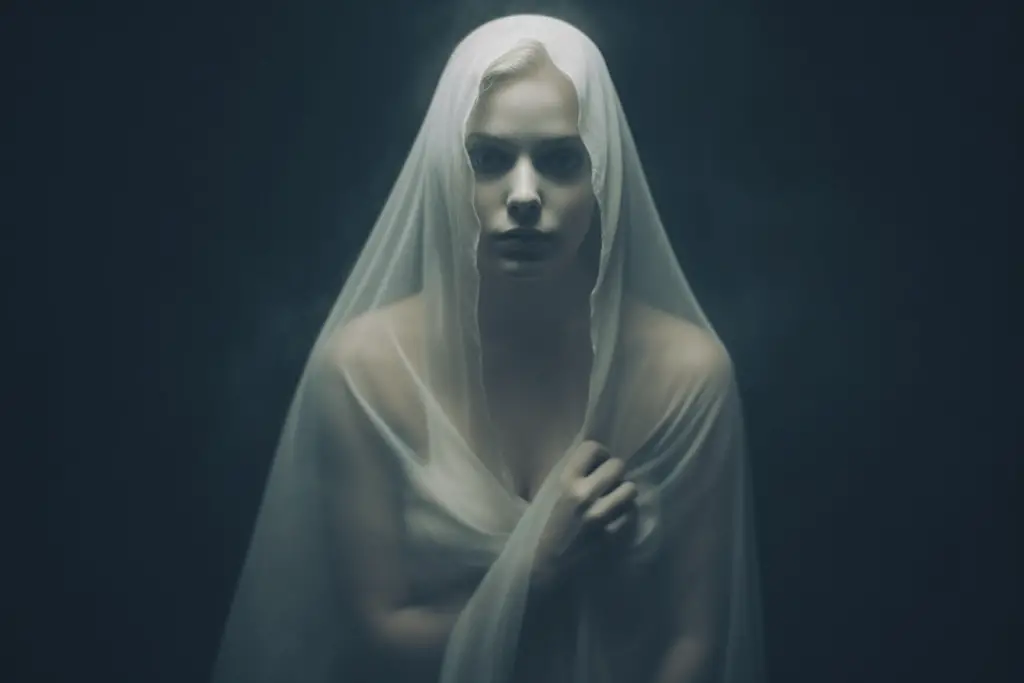
Who is the Woman in White?
Stories about the White Lady are arguably considered the classics of all ghost stories.
But, in the unlikely circumstance that this is your first time hearing about her, here is what you need to know.
The Woman in White is a type of female spirit that 一 no matter the version of the tale 一 generally looks the same:
She dons a white dress, 一 could be a bridal one, a nightgown, or something of the like 一 and has her long, typically black hair, covering her face.
Not much is said about the build of her body, though. But, in most renderings, she is depicted to be physically lean and tall.
And while the color of her hair has almost always been black or in a similar dark shade, some argue that this feature was only popularized by modern pop culture.

In legends, the feared Lady in White varies from having a beautiful face to resembling a corpse 一 with “grey skin, sunken eyes, and no lips.”
And this ghastly form could be better understood by knowing the common themes of White Lady stories: unrequited love, loss, betrayal, death, suicide, and murder.
A lot of Lady in White Ghost stories begin with a once-beautiful woman who, after suffering at the hands of men, ends up either killed or unhinged and suicidal.
Instead of moving on to the afterlife, it is often said that her thirst for vengeance tethered her restless spirit to the physical world.
Thus, the ghost of the Woman in White appears before people 一 most of which are men, particularly those who have been unfaithful, abusive, or unjust to women.
In versions of the tale where the tormented lady also happens to be a mother, the white-wearing ghost is also believed to kidnap human children 一 likely to “replace” the ones she lost when she died or fill the emptiness that such loss left her.
And for centuries, this tragically haunting tale was passed down, not only across generations but also across the world.
Tales of the Woman in White From Around the World
It is true that the reason why the Lady in White Ghost is so popular is that, unlike other entities of lore, her story has been told around the world 一 varying only in slight details and epithets.
There are White Lady tales from Germany, Canada, the Netherlands, Hungary, Switzerland, Malta, the States, Russia, Serbia, Thailand, Malaysia, and more.
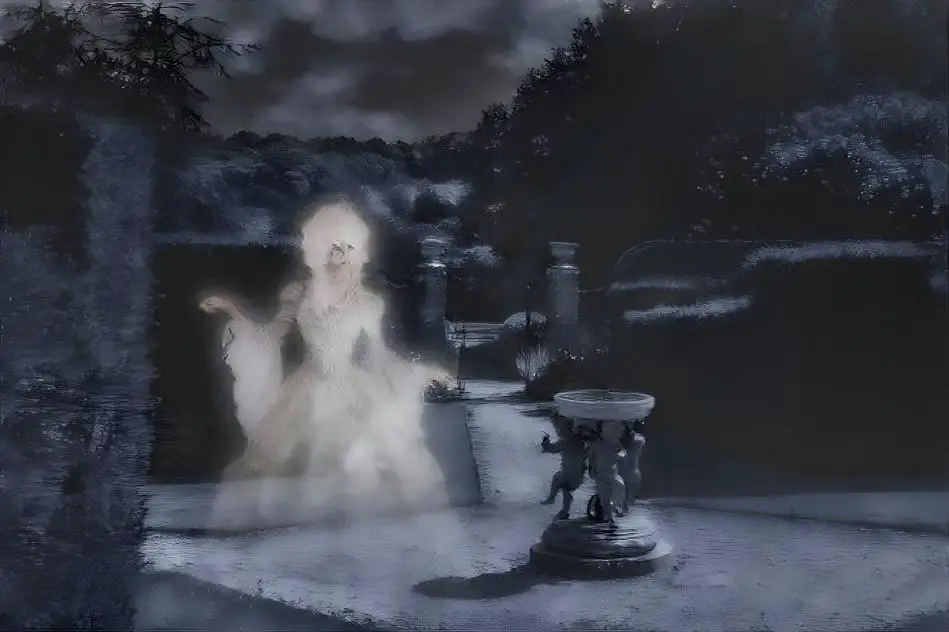
But, of all Woman in White legends worldwide, some of the best known are as follows:
Dama Branca (Brazil)
In Brazil, the Woman in White Ghost is called Dama Branca or Mulher de Branco.
Known to be the spirit of a lady, wearing a long white sleeping gown 一 she is believed to have died either of childbirth or in an ‘honor killing’ at the hands of her father or husband.
In patriarchal societies, honor killings or shame killings take place when a woman supposedly brings “dishonor upon the family name or prestige” by engaging in “sexually immoral” actions.
The thing is, though, these alleged immoral actions range from having a full-blown affair to merely talking to men they are not married to.
So, presumably as a form of retribution, the ghosts of honor killing victims 一 so the lore goes 一 come back to haunt the living and seek revenge in the shape of the Dama Branca.
Onryō (Japan)
Among the most dreaded type of yūrei, or ghosts, in Japanese folklore, onryō 一 or the “vengeful spirit” 一 fit the description of White Ladies to a T.
They have long black hair and they often appear wearing the white kimonos they are believed to have been buried in.
Not only that, but they also have the tragic backstory that completes every Lady in White lore 一 beginning with a woman who was wronged, killed, and is now seeking to exact revenge even after death.
Think of the main antagonists in the classic Japanese horror films, The Ring and Ju-On: The Grudge!
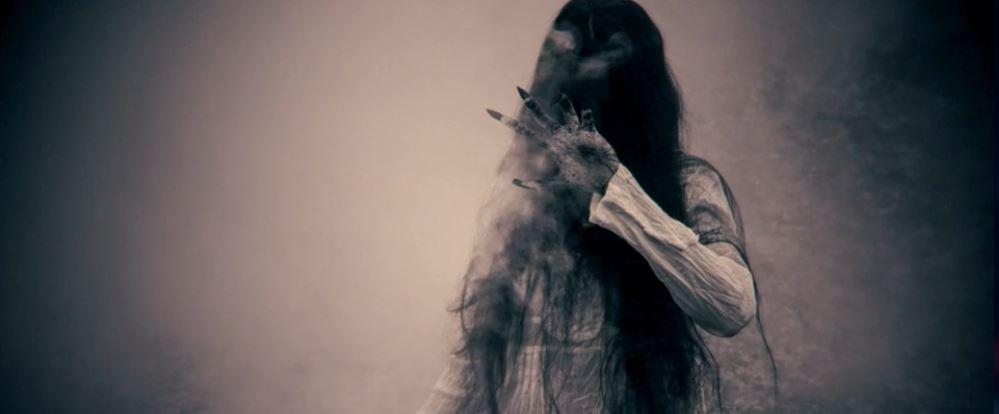
La Llorona (Mexico)
The list of Woman in White Ghosts from around the world would not be complete without Mexican folklore’s La Llorona.
Also known as The Weeping Woman or The Wailer, La Llorona is the vindictive ghost of a mother who mourns the loss of her children.
Lamentably, though, it was her who killed her young ones 一 who drowned them in a fit of blind rage after learning that her husband was having an affair with another woman.
But, lo and behold, it was an act that she immediately regretted.
Unfortunately for her, it was too late.
Consumed by guilt, La Llorona tries to follow her children to the afterlife by also drowning herself.
However, with a sin like that, she was cursed to continue roaming this earth 一 wearing her soaked white dress 一 until she finally finds her children and reunites with them.
Perchta of Rozmberk, the White Lady of Bohemia (The Czech Republic)
Perchta z Rožmberka was once a real person 一 the daughter of Czech nobleman, Oldřich II of Rožmberk 一 who lived in the years 1429–1476.
Records say that she married a fellow aristocrat 一 a nobleman known as Jan of Lichtenštejn. Albeit the luxury and comfort, their marriage was unfulfilling.
When Jan was on his deathbed years later, he asked for Perchta’s forgiveness for the wrongs he has done to her as her husband.
Perchta, however, denied him this final wish. And in turn 一 as legends start to meld with history 一 Jan cursed her.
After Perchta’s death in May 1476, people began reporting sightings of her ghost in Jan’s holdings, particularly the Krumlov chateau, where she was allegedly most often seen, wearing her dark hair down, garbed in a distinctly Bohemian white dress.
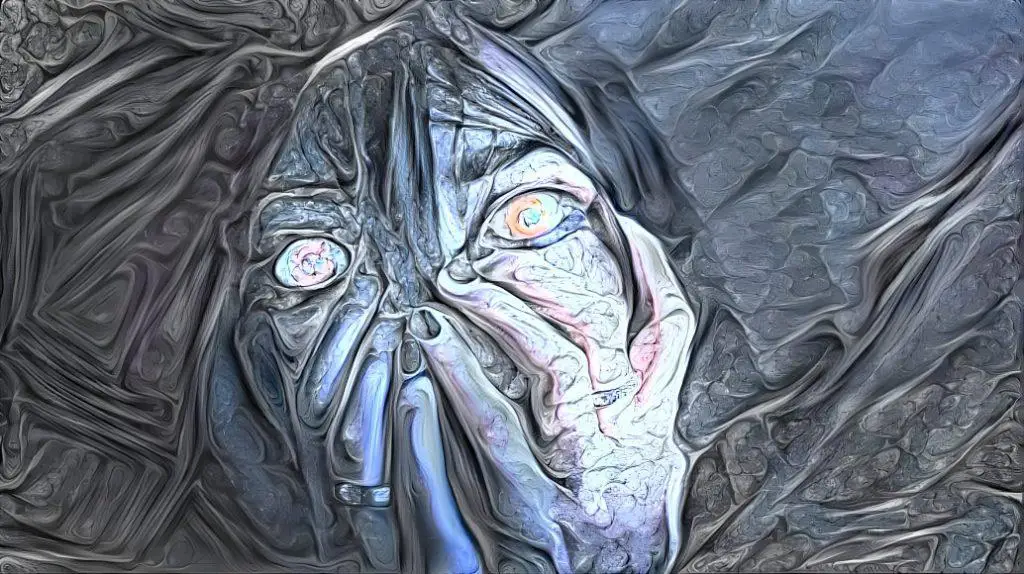
Babae sa Balete Drive (Philippines)
There are plenty of White Lady stories in the Philippines, but no other legend tops that of the Babae sa Balete Drive.
She was said to be the spirit of a woman who died in a car crash while driving along Balete Drive in Quezon City.
Since then, motorists 一 especially taxi drivers 一 have begun to claim to see a stunning lady, dressed in white, whenever they pass the infamous two-lane street alone and at late hours.
There are even accounts where unwitting drivers purportedly interacted with the Woman in White, who would sometimes be asking for a ride, only to reveal her real blood-covered form later in the car’s backseat.
The Running Lady of Beeford (England)
The road between Beeford and Brandesburton in East Yorkshire is said to be the haunting spot of a White Lady, known simply as the Running Lady of Beeford.
She is not the only white-dressed ghost of England 一 there are several others, including the White Ladies of Berry Pomeroy Castle, Okehampton Castle, and Portchester Castle, among others 一 but the Running Lady’s story is arguably one of the most chilling.
There is a rumored case of her, causing a car crash that killed 6 people.
Moreover, local beliefs similarly say that her manifestation is often an omen of death.
But, even in the seemingly most unremarkable instance, this ghostly Lady in White would doubtlessly still be able to make anyone’s blood run cold.
After all, who would not be horrified after seeing an apparition run fast across a particular street in your small, unassuming village?
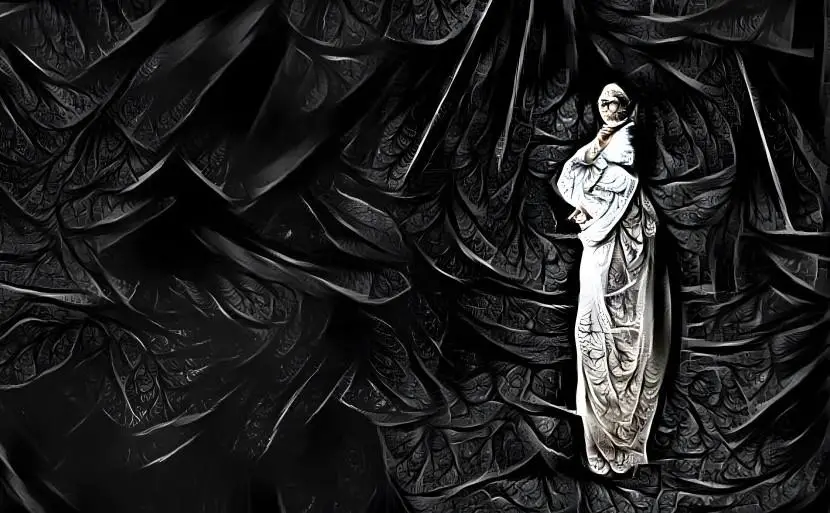
Y Ladi Wen (Wales)
In Celtic Mythology, the White Lady is called Y Ladi Wen or Dynes Mewn Gwyn 一 in English, “Woman in White”.
She takes on a bogeyman role in stories 一 teaching children about obedience and warning them about the repercussions of bad behavior.
There is a famous legend about this spirit that explores the complexity of her character.
After years 一 maybe more 一 of wandering around, unable to stop until a man finally approaches her, Y Ladi Wen was set free.
Beholden to the man who spoke to her, Y Ladi Wen leads him to a treasure site 一 in the abandoned tower of Ogmore Castle, concealed by a heavy stone, she shows him a cauldron filled with gold.
Her instruction was for him to take home half of the treasure and leave the rest untouched.
However, greed and selfishness soon corrupted the man. And he returned sometime later to run off with whatever was left in the stash.
This justifiably angered Y Ladi Wen, who, “with her fingers turning into claws, attacked the man as he returned home.”
He survived the encounter and fell agonizing ill, but death would not dare knock on his door until he confessed what he had done.
In the end, when he did, he immediately passed and the tale was sealed with the promise that whoever tries to do the same misdeed shall face Y Ladi Wen’s revenge.
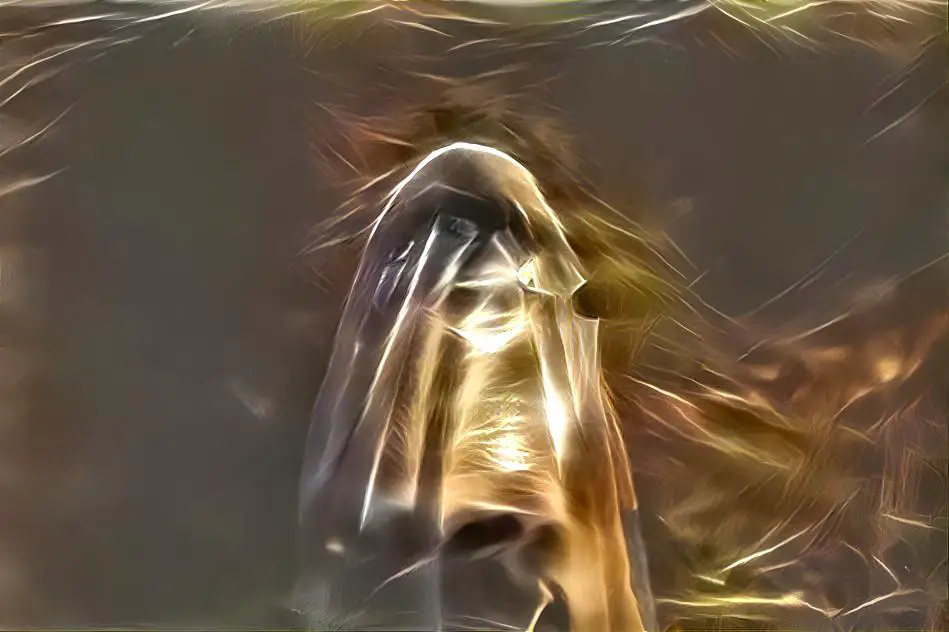
The Symbolism Behind the Lady in White
Just by analyzing the name of the entity itself 一 White Lady 一 we can understand what its lore actually symbolizes.
The color white 一 in most contexts, especially in art and religion 一 evokes the concepts of purity, goodness, peacefulness, perfection, flawlessness, virginity, and heaven.
Perhaps, the reason why this was the color associated with the forsaken white-dressed spirit was that this character of lore 一 in some way 一 embodies those “positive” attributes… of course before it was all tainted by death, betrayal, and murder.
But, if we take a closer look, even in versions where the supposed killer 一 or sinner 一 is the woman, the flip from good to evil generally happens to be rooted in the injustice the woman suffered at the hands of men.
In tales and legends, the White Lady is almost always the daughter or the wife of some man. But, this male figure is also often the same person who violates and wrongs her.
Despite it, the Woman in White only becomes the dreaded ghost that she is when she tries to redress the oppression she has been subjected to 一 a recurring theme in her story that tells a lot about how our largely patriarchal society tends to place unattainable expectations of “goodness” on women, all while putting them under unfair circumstances with seemingly no righteous way out.
References:
The History Of The White Lady: An International Ghost Why Are There So Many Ghost Stories About A "Woman In White"? How The Woman In White Legend Varies Across Cultures The White Lady Of Great Britain And Ireland
